Agriculture of the Atlantic Forest produces half of Brazil's food, but emits only 26% of the CO2 of the sector
sexta-feira, novembro 11, 2022
A study presented by scientists on Wednesday at COP27, egypt's climate conference, indicates that farmers located in the Brazilian Atlantic Forest produce half of Brazil's food but emit only 26% of the sector's CO2. This scenario, the authors say, reinforces the argument that it is possible to expand the country's agricultural production and reduce greenhouse gases at the same time.
The conclusion came from a study coordinated by scientists from the NGO SOS Mata Atlântica, who cross-referenced figures from the Ibge Agricultural Census and the Atlas of Brazilian Agriculture with mapbiomas project data, which maps the land occupation of Brazil. The work was presented the day before yesterday (9/11) at a parallel session in Sharm el-Sheikh, the city where the meeting was hosted.
According to the authors of the paper, when taking into account the potential that the biome economy has to reduce greenhouse gases, it is possible that in 2042 agriculture present in the region can zero emissions in 2042, to then start absorbing greenhouse gases. For this it would be necessary to invest in projects for the recomposition of natural vegetation, in addition to the implementation of more sustainable tillage and grazing practices.
For agronomist Luis Fernando Guedes Pinto, executive director of the NGO, an eventual incentive project for the expansion of Brazilian agriculture needs to take into account the reasons why farms in the Atlantic Forest are now, on average, more sustainable. The agro cerrado today has 36% of total emissions and that of the Amazon 24%, biomes that emit much compared to productivity.
"We have some chances to try to explain this" says the scientist. The first is that the proportion of plant production in relation to animal production is higher in the Atlantic Forest than in other biomes. The crops, in addition, are more diversified, with a greater variety of cultivars.
Cattle ranching, he explains, produces a lot of methane, a powerful greenhouse gas, while the bulk of crop emissions are composed of nitrogen released by fertilizers. The livestock of the Atlantic Forest, in addition, has a higher proportion of chickens and pigs, which emits less than cattle.
The Amazon and the Cerrado, in contrast, have a scenario that gives more space to extensive livestock, which requires large pastures, and a monoculture agriculture, now led by soybeans.
Degraded pastures
Another important aspect of the Atlantic Forest in relation to other biomes is that, because it is the most deforested and explored biome, it is there that most areas with the potential to expand agriculture without deforesting are concentrated today. This is important because deforestation emissions in the Amazon, if accounted for by the economic activity that causes them, are almost all driven by agriculture.
"MapBiomas points out that it has 4 million hectares of degraded pastures within the Atlantic Forest. That's the size of the state of Rio de Janeiro," guedes says.
He also points out the free areas that exist for reforestation, some of them on properties that are required by law to remake vegetation and are in debt. "We have 3 million hectares of permanent protection areas (APPs) to be restored with forest to comply with the Forest Code. These areas do not compete with agriculture and livestock because they are areas on the banks of rivers and springs, with low agricultural aptitude", he explains.
According to the new study, in order for the Atlantic Forest to reach its potential, deforestation must be stifiable. The felling of forest today in the biome (200 km² per year) is still small, when compared to what occurs in the Amazon (about 10,000 km²) but has occurred in sensitive areas, such as springs that supply large cities with water.
By the Law of the Atlantic Forest, in the sissis it is forbidden to deforest in the biome, which currently only has about 24% of forest cover, and half of this area is fragmented. If the states that are in the biome today embrace the agenda of low-carbon agriculture and restoration, guedes Pinto says, it is possible that the global scenario with incentives to cut emissions could bring economic benefits to the region. One of the intentions of presenting the biome at the climate conference is, moreover, to attract investment for sustainable agriculture in the region.
"The Atlantic Forest can be a stage for the future of Brazilian and world agriculture. It can combine low-emission agriculture with regenerative agriculture, which restores forests and delivers healthy food," he says.
Source: Um só Planeta










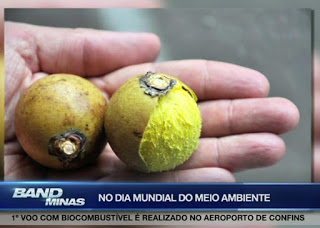
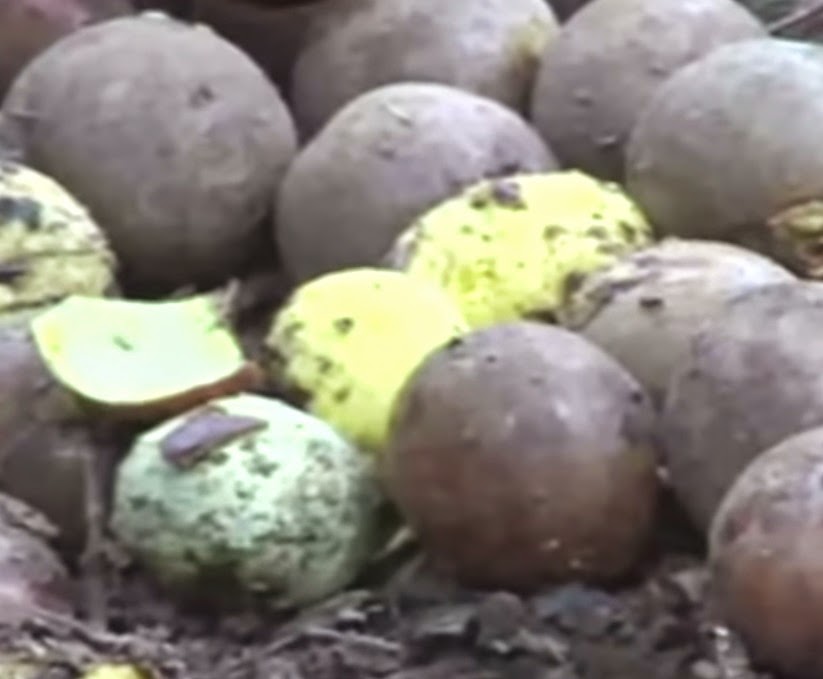
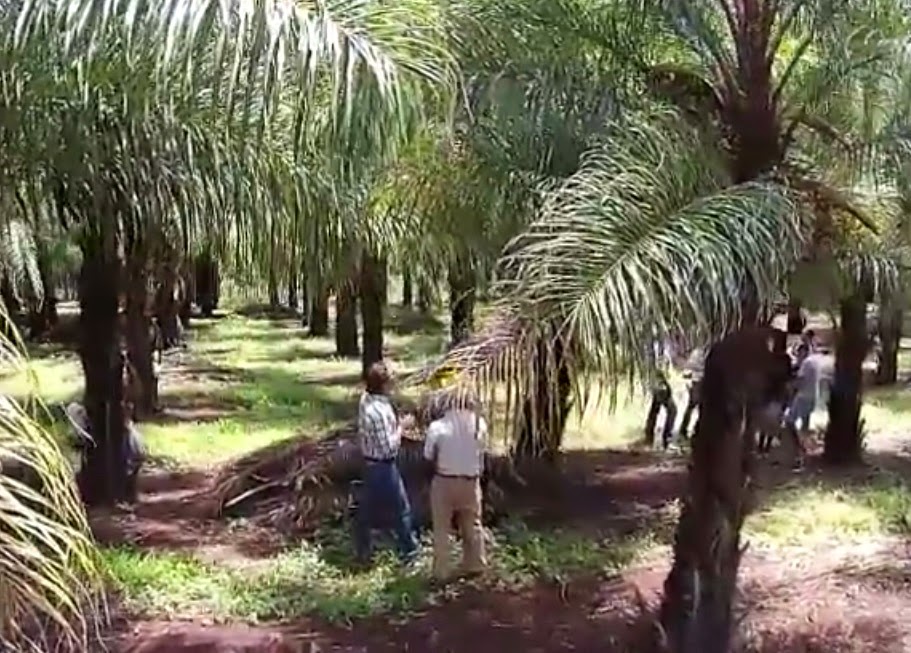

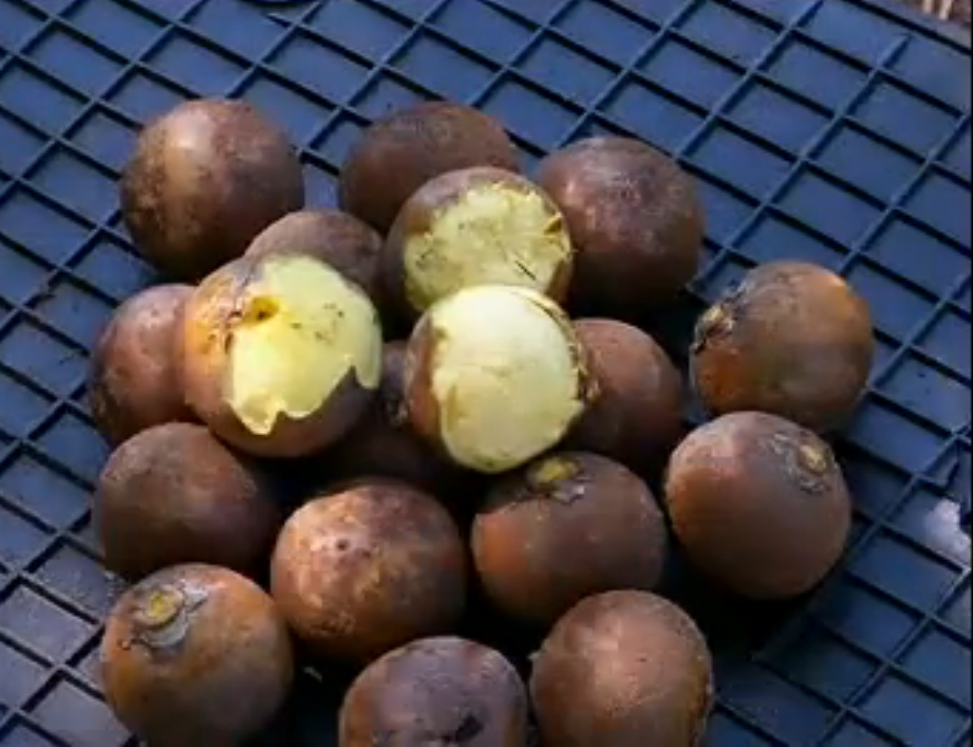
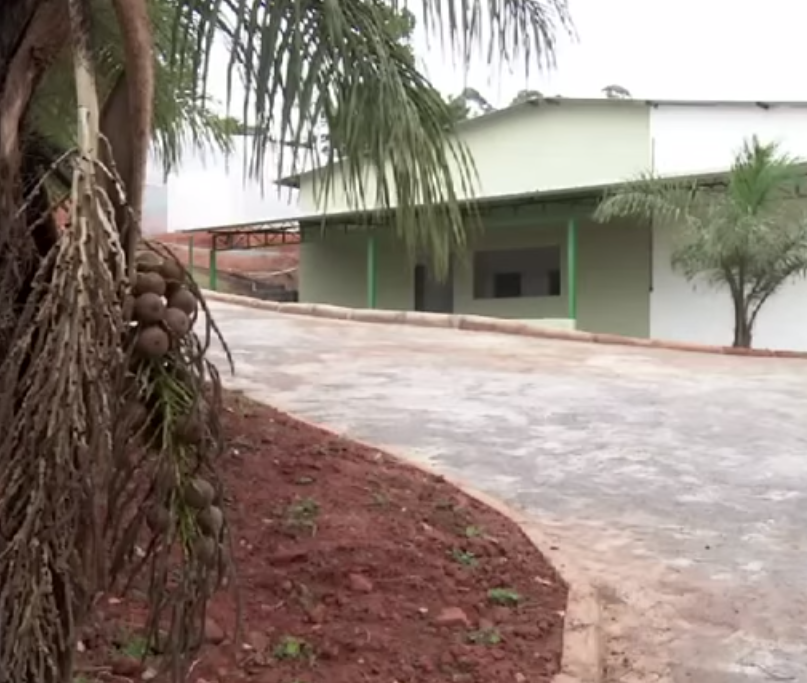
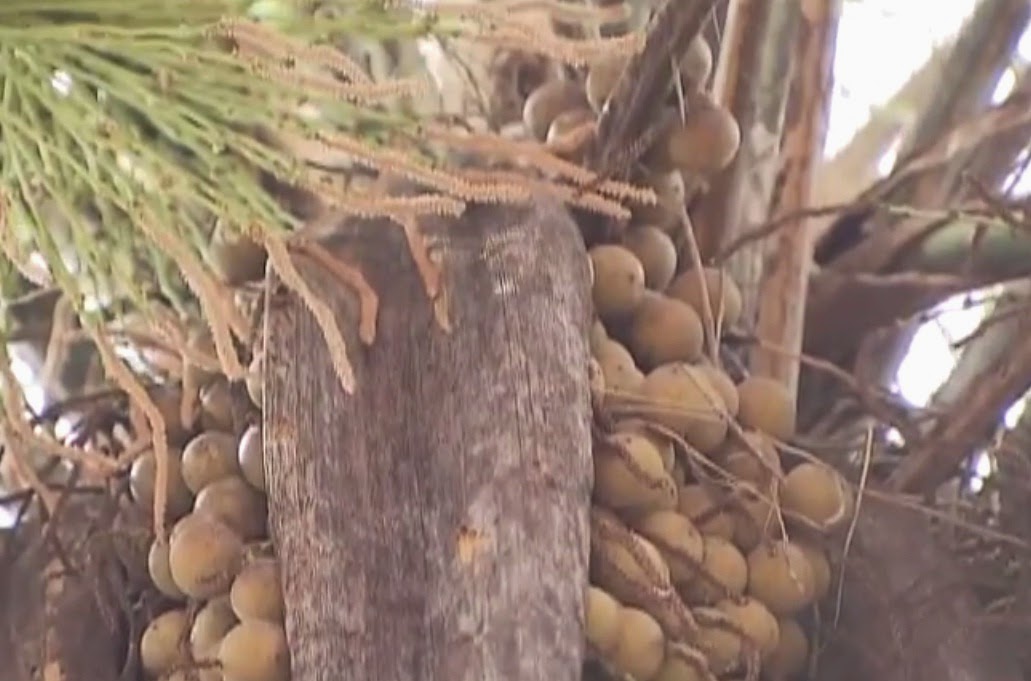
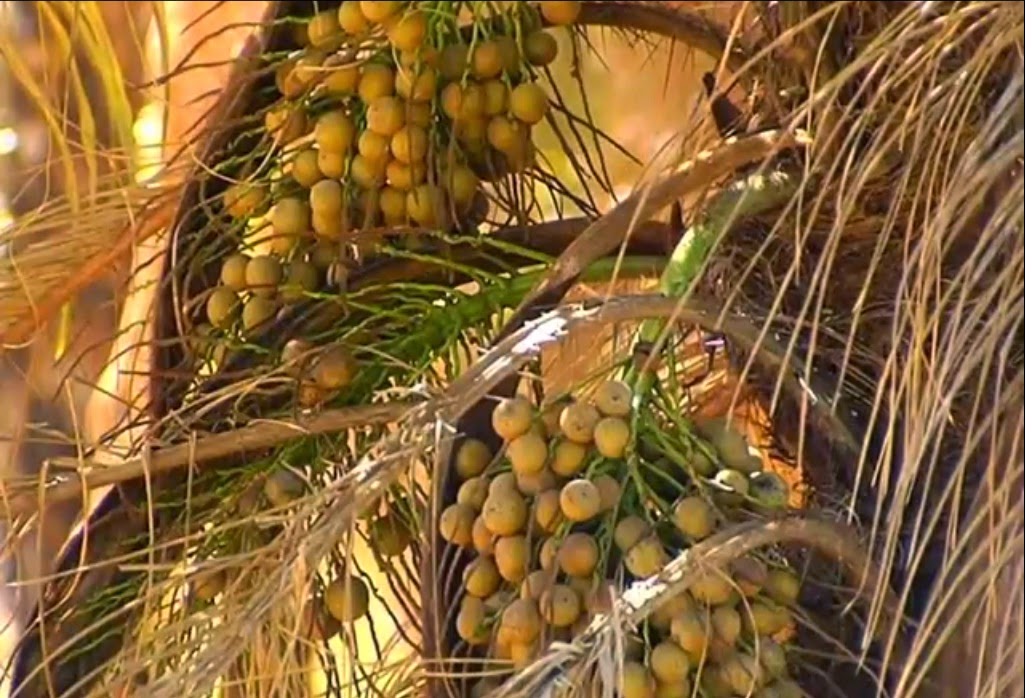

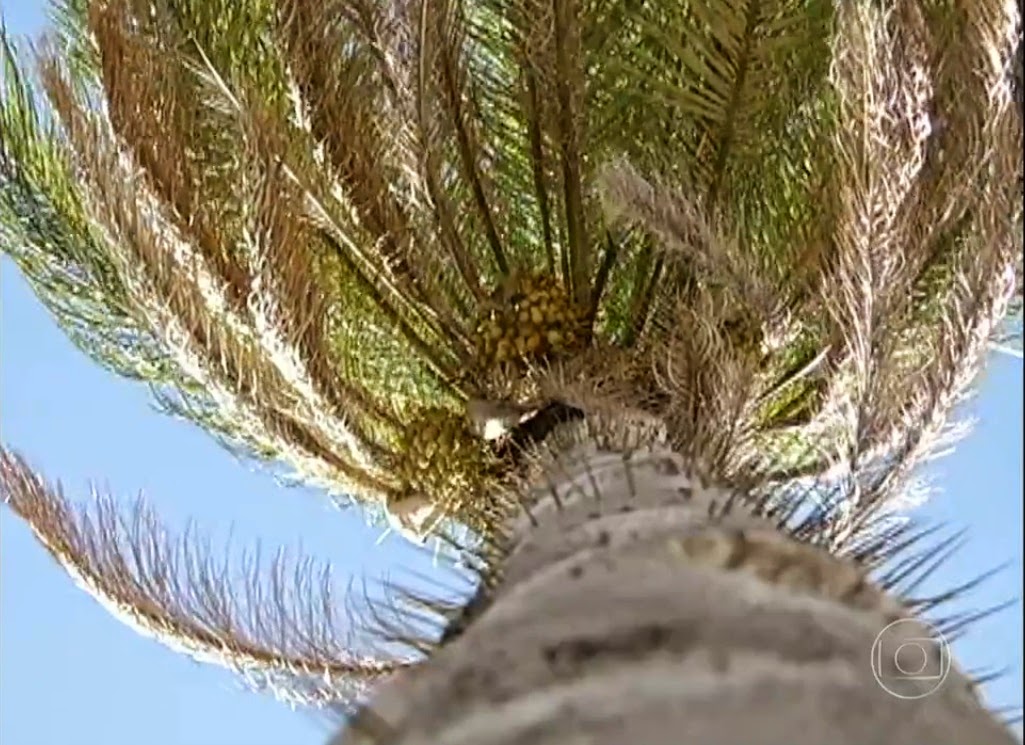
0 comentários
Agradecemos seu comentário! Volte sempre :)